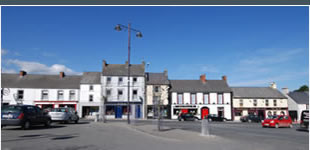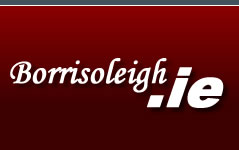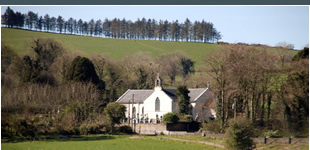General History
The parish of Borrisoleigh, spreads over 14,215 acres of lush pastures and rolling hills in the north of the county of Tipperary. This parish has long roots to the past and has seen her population change from the highs of pre-famine days of 7,000 in 1842 to approximately 2,000 to date. Borrisoleigh has produced many famous sons and daughters, many on the field of play and more off it, but few more as internationally renowned as Bishop Joseph Shanahan (1871-1943) and Bishop Thomas Quinlan (1896-1970). Both men have acquired widespread fame for their work in establishing missions in Nigeria and Korea respectively where they thrived despite the extremely harsh conditions. Many more countless Borrisoleigh men and women have contributed in a small way or fashion to the formation of our parish’s history through their lives, each adding a small chapter, often unseen or unnoticed, but still however has left its mark in the area.
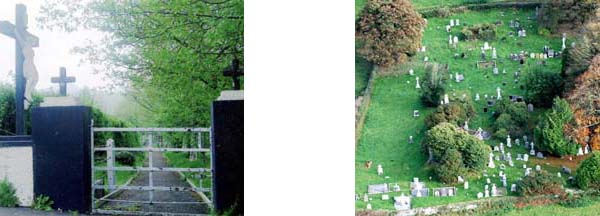
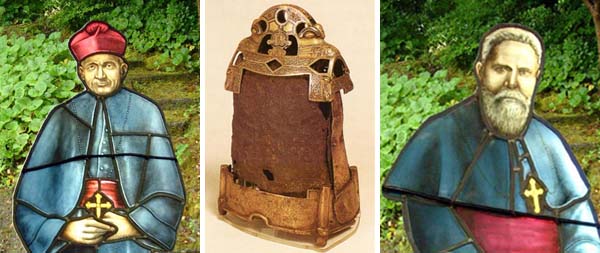
While a centre of population had established itself around the monastery in Glenkeen the town of Borrisoleigh only came about through the arrival of the O’Dwyer’s and the De Burgo’s to the area approximately 800 years ago. Both clans were members of the new invading Norman force that first arrived in Bannow Bay back in 1169. The families came upon the river Camoge and decided to build a fortress there against what they saw as the “wild irish” of Ileagh. The remains of this castle still stand and can still be seen as you leave Borrisoleigh by the Templemore Road. This fortress along with the subsequent settlement around it morphed into the town as we now know down through the centuries and became known as Burghéis or Burgh in Ileagh which later became known as Burris Uí Luighdheach. It was eventually anglicised into the present name Borrisoleigh.
Like most parishes, Borrisoleigh was badly affected during the famine years which saw her population drop significantly through starvation, disease and emigration. It was one the darkest periods of the parish and remains of old potato drills left, untouched since the 1840’s, can be seen in different parts of the parish, a symbol of abandonment of the land and in many cases the inability of people to work due to starvation and illness. A survivor of the famine recalled how “one morning I picked up a man lying dead on this spot, and another day I found five dead bodies on the road from Glankeen to Ballyroan, and t’was hard to get men who could help me bury them. More than once when I opened the door in the morning I found a dead body on the steps”.
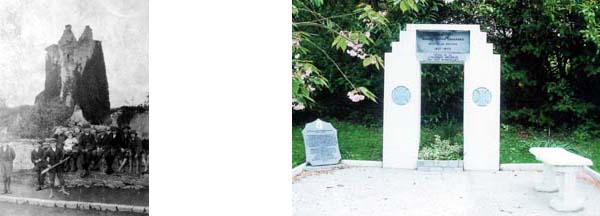
The Castle of Borrisoleigh Bishop Shanahan Memorial
As was happening all over the country little was done by the sitting absentee landlords. In October 1846 Lord Portarlington, whose extensive estate took in Borrisoleigh, threw a banquet in the Borrisoleigh Temperance Hall. It was at this that Lord Portalington was pressed strongly for much more badly needed assistance in the lives of his starving tenants. He dashed all hopes of assistance when he departed leaving just £100 for the Poor Relief Committee and returned to being an absentee landlord while the men, women and children of Borrisoleigh died in their humble shacks which many could hardly afford to rent. This was probably one of Borrisoleigh’s darkest hours.The history of Borrisoleigh is forming everyday around us. While many things are deemed insignificant, who is to know that in years to come people will be writing of the goings on in Borrisoleigh and recording them for the knowledge of future generations.
